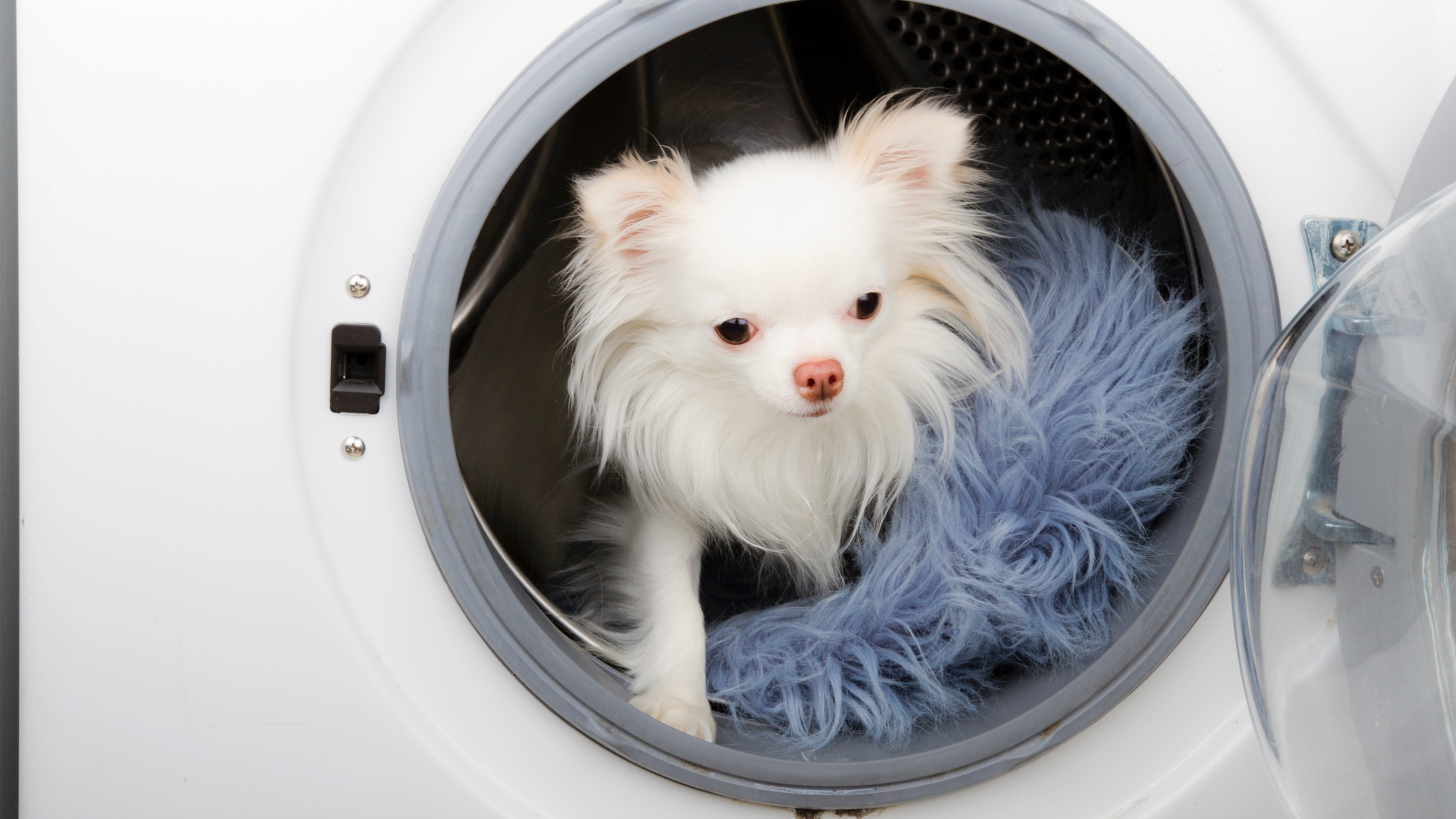To protect your cat from bird flu, steer clear of unpasteurized milk or raw foods.
AP file
Sightings of hundreds of dead ducks lining the shores of Lake Michigan in Chicago have brought greater awareness to the spread of bird flu in Illinois, and led to fears that the disease may spread to other animals, pets and even humans.
Infectious disease specialists say that so far, that is not a grave concern, but there are risks that pet owners — cat owners especially — should take precautions against.
Bird flu, the common term for H5N1 avian influenza, mainly infects wild migratory waterfowl and domestic poultry. It is a prominent cause of infections ravaging chicken populations and leading to a nationwide egg shortage.
But the health impact on households so far has been limited. There have been 69 reported cases of humans with the virus nationwide, contracted by inhaling bird flu virus or touching an item containing the virus. Pets, however, are at higher risk, according to Dr. Megan Carolan, deputy administrator of the Cook County Department of Animal and Rabies Control.
Precautions against bird flu include bringing pet birds indoors or fully securing outdoor enclosures. Wash or sanitize hands when handling birds or moving them between coops.
AP file
“(The virus) prefers birds. However, it can be transferred via direct contact to other mammals, for example, dairy cattle,” Carolan said. “Cats have even been shown to contract the disease and the signs and symptoms seems to be variable species to species.”
As of January, the virus has been detected in nearly 30 domestic cats, primarily in the Western region, according to the U.S. Department of Agriculture. Since the start of the outbreak in February 2022, three commercial flocks, eight backyard flocks and 114,110 birds have been affected in Illinois, according to the USDA.
Pets can primarily contract the virus by eating or being exposed to sick or dead birds outside that have been infected with bird flu. Infection can also occur if pets drink unpasteurized milk or other dairy products from infected cows, or eat raw or undercooked meat.
Precautions to take, according to experts:
- Avoid direct contact between pets (cats, dogs and birds) and wild birds or any surface that may be contaminated with their bodily fluids (such as ponds and waterers).
- Do not give cats or dogs unpasteurized milk or raw foods.
- Keep cats indoors.
- Bring pet birds indoors or fully secure outdoor enclosures. Wash or sanitize hands when handling birds or moving them between coops.
Signs of infection to look out for in pet birds or backyard flocks, according to the American Veterinary Medical Association, include low energy or appetite, discoloration or swelling in the body, reduced egg production or misshapen eggs, nasal discharge, coughing or sneezing, lack of coordination and diarrhea.
While clinical signs of bird flu are more commonly found in cats than in dogs, symptoms for either species include fever, lethargy, low appetite, reddened or inflamed eyes, discharge from eyes and nose, trouble breathing and neurological signs like seizures and lack of coordination.
Pet owners who believe their pets are sick with the virus must call their veterinarian first before taking their pets in for treatment.
Severity of the virus varies by species, according to Kristin Tvrdik, deputy administrator veterinarian at DuPage County Animal Services. As far as pet mammals, cats have the worst symptoms, similar to cats infected with rabies, she said.
“The cats that have been primarily affected at this point, similarly to people, have been around the massive dairy cattle farms and the poultry,” Tvrdik said.
Efforts have been made by officials in Illinois to reduce the spread of the virus following a rise in infections of animals in the state in recent months, including the monitoring and treatment of infections and proper disposal of carcasses of infected animals.
While Cook and DuPage counties have seen evidence of infected wild birds, Lake and Kane have not. There has not been widespread testing for domestic animals, with shelters and veterinarians leading the charge on testing, according to Tvrdik. Yet, all health departments advise residents to stay informed about CDC updates regarding the illness.
Because the virus does not survive long in warm weather, outbreaks will likely subside once temperatures warm up, according to Carolan. For now, pet owners should take necessary precautions.
“Among the migratory and wild bird population, there is concern there,” Carolan said. “For pet owners, they don't need to be too worried, as long as they're taking the basic precautions.”








